当前位置:网站首页>基于pytorch的YOLOv5单张图片检测实现
基于pytorch的YOLOv5单张图片检测实现
2022-07-02 06:25:00 【wxplol】
当我们训练完yolov5模型后,如何使用这个模型呢?这里简单写一下,可以看到大部分代码在detect.py中都可以找到,算是我自己对这个代码的改装吧,有需要的可以看看。
# coding=utf-8
import torch
import torchvision
import torch.nn as nn
import os
import time
import numpy as np
import math
import random
import cv2.cv2 as cv2
def autopad(k, p=None): # kernel, padding
# Pad to 'same'
if p is None:
p = k // 2 if isinstance(k, int) else [x // 2 for x in k] # auto-pad
return p
class Conv(nn.Module):
# Standard convolution
def __init__(self, c1, c2, k=1, s=1, p=None, g=1, act=True): # ch_in, ch_out, kernel, stride, padding, groups
super(Conv, self).__init__()
self.conv = nn.Conv2d(c1, c2, k, s, autopad(k, p), groups=g, bias=False)
self.bn = nn.BatchNorm2d(c2)
self.act = nn.SiLU() if act is True else (act if isinstance(act, nn.Module) else nn.Identity())
def forward(self, x):
return self.act(self.bn(self.conv(x)))
def fuseforward(self, x):
return self.act(self.conv(x))
class Ensemble(torch.nn.ModuleList):
'''模型集成'''
def __init__(self):
super(Ensemble,self).__init__()
def forward(self, x, augment=False):
y = []
for module in self:
y.append(module(x, augment)[0])
# y = torch.stack(y).max(0)[0] # max ensemble
# y = torch.stack(y).mean(0) # mean ensemble
y = torch.cat(y, 1) # nms ensemble
return y, None # inference, train output
class YOLOV5(object):
def __init__(self,conf_thres=0.25,
iou_thres=0.45,
classes=None,
imgsz=640,
weights="./weights/image_detect.pt"):
# 超参数设置
self.conf_thres=conf_thres#置信度阈值
self.iou_thres=iou_thres#iou阈值
self.classes=classes#分类个数
self.imgsz=imgsz #归一化大小
# Load model
self.device=torch.device('cpu')
self.model = self.attempt_load(weights,map_location=self.device) # load FP32 model
self.stride = int(self.model.stride.max()) # model stride
self.imgsz = self.check_img_size(imgsz, s=self.stride) # check img_size
def attempt_load(self,weights, map_location=None):
# Loads an ensemble of models weights=[a,b,c] or a single model weights=[a] or weights=a
model = Ensemble()
for w in weights if isinstance(weights, list) else [weights]:
ckpt = torch.load(w, map_location=map_location) # load
model.append(ckpt['ema' if ckpt.get('ema') else 'model'].float().fuse().eval()) # FP32 model
# Compatibility updates
for m in model.modules():
if type(m) in [nn.Hardswish, nn.LeakyReLU, nn.ReLU, nn.ReLU6, nn.SiLU]:
m.inplace = True # pytorch 1.7.0 compatibility
elif type(m) is Conv:
m._non_persistent_buffers_set = set() # pytorch 1.6.0 compatibility
if len(model) == 1:
return model[-1] # return model
else:
print('Ensemble created with %s\n' % weights)
for k in ['names', 'stride']:
setattr(model, k, getattr(model[-1], k))
return model # return ensemble
def make_divisible(self,x, divisor):
# Returns x evenly divisible by divisor
return math.ceil(x / divisor) * divisor
def check_img_size(self,img_size, s=32):
# Verify img_size is a multiple of stride s
new_size = self.make_divisible(img_size, int(s)) # ceil gs-multiple
if new_size != img_size:
print('WARNING: --img-size %g must be multiple of max stride %g, updating to %g' % (img_size, s, new_size))
return new_size
def letterbox(self,img, new_shape=(640, 640), color=(114, 114, 114), auto=True, scaleFill=False, scaleup=True,
stride=32):
# Resize and pad image while meeting stride-multiple constraints
shape = img.shape[:2] # current shape [height, width]
if isinstance(new_shape, int):
new_shape = (new_shape, new_shape)
# Scale ratio (new / old)
r = min(new_shape[0] / shape[0], new_shape[1] / shape[1])
if not scaleup: # only scale down, do not scale up (for better test mAP)
r = min(r, 1.0)
# Compute padding
ratio = r, r # width, height ratios
new_unpad = int(round(shape[1] * r)), int(round(shape[0] * r))
dw, dh = new_shape[1] - new_unpad[0], new_shape[0] - new_unpad[1] # wh padding
if auto: # minimum rectangle
dw, dh = np.mod(dw, stride), np.mod(dh, stride) # wh padding
elif scaleFill: # stretch
dw, dh = 0.0, 0.0
new_unpad = (new_shape[1], new_shape[0])
ratio = new_shape[1] / shape[1], new_shape[0] / shape[0] # width, height ratios
dw /= 2 # divide padding into 2 sides
dh /= 2
if shape[::-1] != new_unpad: # resize
img = cv2.resize(img, new_unpad, interpolation=cv2.INTER_LINEAR)
top, bottom = int(round(dh - 0.1)), int(round(dh + 0.1))
left, right = int(round(dw - 0.1)), int(round(dw + 0.1))
img = cv2.copyMakeBorder(img, top, bottom, left, right, cv2.BORDER_CONSTANT, value=color) # add border
return img, ratio, (dw, dh)
def box_iou(self,box1, box2):
# https://github.com/pytorch/vision/blob/master/torchvision/ops/boxes.py
""" Return intersection-over-union (Jaccard index) of boxes. Both sets of boxes are expected to be in (x1, y1, x2, y2) format. Arguments: box1 (Tensor[N, 4]) box2 (Tensor[M, 4]) Returns: iou (Tensor[N, M]): the NxM matrix containing the pairwise IoU values for every element in boxes1 and boxes2 """
def box_area(box):
# box = 4xn
return (box[2] - box[0]) * (box[3] - box[1])
area1 = box_area(box1.T)
area2 = box_area(box2.T)
# inter(N,M) = (rb(N,M,2) - lt(N,M,2)).clamp(0).prod(2)
inter = (torch.min(box1[:, None, 2:], box2[:, 2:]) - torch.max(box1[:, None, :2], box2[:, :2])).clamp(0).prod(2)
return inter / (area1[:, None] + area2 - inter) # iou = inter / (area1 + area2 - inter)
def xywh2xyxy(self,x):
# Convert nx4 boxes from [x, y, w, h] to [x1, y1, x2, y2] where xy1=top-left, xy2=bottom-right
y = x.clone() if isinstance(x, torch.Tensor) else np.copy(x)
y[:, 0] = x[:, 0] - x[:, 2] / 2 # top left x
y[:, 1] = x[:, 1] - x[:, 3] / 2 # top left y
y[:, 2] = x[:, 0] + x[:, 2] / 2 # bottom right x
y[:, 3] = x[:, 1] + x[:, 3] / 2 # bottom right y
return y
def non_max_suppression(self,prediction, conf_thres=0.25, iou_thres=0.45, classes=None, agnostic=False,
multi_label=False,
labels=()):
"""Runs Non-Maximum Suppression (NMS) on inference results Returns: list of detections, on (n,6) tensor per image [xyxy, conf, cls] """
nc = prediction.shape[2] - 5 # number of classes
xc = prediction[..., 4] > conf_thres # candidates
# Settings
min_wh, max_wh = 2, 4096 # (pixels) minimum and maximum box width and height
max_det = 300 # maximum number of detections per image
max_nms = 30000 # maximum number of boxes into torchvision.ops.nms()
time_limit = 10.0 # seconds to quit after
redundant = True # require redundant detections
multi_label &= nc > 1 # multiple labels per box (adds 0.5ms/img)
merge = False # use merge-NMS
t = time.time()
output = [torch.zeros((0, 6), device=prediction.device)] * prediction.shape[0]
for xi, x in enumerate(prediction): # image index, image inference
# Apply constraints
# x[((x[..., 2:4] < min_wh) | (x[..., 2:4] > max_wh)).any(1), 4] = 0 # width-height
x = x[xc[xi]] # confidence
# Cat apriori labels if autolabelling
if labels and len(labels[xi]):
l = labels[xi]
v = torch.zeros((len(l), nc + 5), device=x.device)
v[:, :4] = l[:, 1:5] # box
v[:, 4] = 1.0 # conf
v[range(len(l)), l[:, 0].long() + 5] = 1.0 # cls
x = torch.cat((x, v), 0)
# If none remain process next image
if not x.shape[0]:
continue
# Compute conf
x[:, 5:] *= x[:, 4:5] # conf = obj_conf * cls_conf
# Box (center x, center y, width, height) to (x1, y1, x2, y2)
box = self.xywh2xyxy(x[:, :4])
# Detections matrix nx6 (xyxy, conf, cls)
if multi_label:
i, j = (x[:, 5:] > conf_thres).nonzero(as_tuple=False).T
x = torch.cat((box[i], x[i, j + 5, None], j[:, None].float()), 1)
else: # best class only
conf, j = x[:, 5:].max(1, keepdim=True)
x = torch.cat((box, conf, j.float()), 1)[conf.view(-1) > conf_thres]
# Filter by class
if classes is not None:
x = x[(x[:, 5:6] == torch.tensor(classes, device=x.device)).any(1)]
# Apply finite constraint
# if not torch.isfinite(x).all():
# x = x[torch.isfinite(x).all(1)]
# Check shape
n = x.shape[0] # number of boxes
if not n: # no boxes
continue
elif n > max_nms: # excess boxes
x = x[x[:, 4].argsort(descending=True)[:max_nms]] # sort by confidence
# Batched NMS
c = x[:, 5:6] * (0 if agnostic else max_wh) # classes
boxes, scores = x[:, :4] + c, x[:, 4] # boxes (offset by class), scores
i = torchvision.ops.nms(boxes, scores, iou_thres) # NMS
if i.shape[0] > max_det: # limit detections
i = i[:max_det]
if merge and (1 < n < 3E3): # Merge NMS (boxes merged using weighted mean)
# update boxes as boxes(i,4) = weights(i,n) * boxes(n,4)
iou = self.box_iou(boxes[i], boxes) > iou_thres # iou matrix
weights = iou * scores[None] # box weights
x[i, :4] = torch.mm(weights, x[:, :4]).float() / weights.sum(1, keepdim=True) # merged boxes
if redundant:
i = i[iou.sum(1) > 1] # require redundancy
output[xi] = x[i]
if (time.time() - t) > time_limit:
print(f'WARNING: NMS time limit {time_limit}s exceeded')
break # time limit exceeded
return output
def clip_coords(self,boxes, img_shape):
# Clip bounding xyxy bounding boxes to image shape (height, width)
boxes[:, 0].clamp_(0, img_shape[1]) # x1
boxes[:, 1].clamp_(0, img_shape[0]) # y1
boxes[:, 2].clamp_(0, img_shape[1]) # x2
boxes[:, 3].clamp_(0, img_shape[0]) # y2
def scale_coords(self,img1_shape, coords, img0_shape, ratio_pad=None):
# Rescale coords (xyxy) from img1_shape to img0_shape
if ratio_pad is None: # calculate from img0_shape
gain = min(img1_shape[0] / img0_shape[0], img1_shape[1] / img0_shape[1]) # gain = old / new
pad = (img1_shape[1] - img0_shape[1] * gain) / 2, (img1_shape[0] - img0_shape[0] * gain) / 2 # wh padding
else:
gain = ratio_pad[0][0]
pad = ratio_pad[1]
coords[:, [0, 2]] -= pad[0] # x padding
coords[:, [1, 3]] -= pad[1] # y padding
coords[:, :4] /= gain
self.clip_coords(coords, img0_shape)
return coords
def plot_one_box(self,x, img, color=None, label=None, line_thickness=3):
# Plots one bounding box on image img
tl = line_thickness or round(0.002 * (img.shape[0] + img.shape[1]) / 2) + 1 # line/font thickness
color = color or [random.randint(0, 255) for _ in range(3)]
c1, c2 = (int(x[0]), int(x[1])), (int(x[2]), int(x[3]))
cv2.rectangle(img, c1, c2, color, thickness=tl, lineType=cv2.LINE_AA)
if label:
tf = max(tl - 1, 1) # font thickness
t_size = cv2.getTextSize(label, 0, fontScale=tl / 3, thickness=tf)[0]
c2 = c1[0] + t_size[0], c1[1] - t_size[1] - 3
cv2.rectangle(img, c1, c2, color, -1, cv2.LINE_AA) # filled
cv2.putText(img, label, (c1[0], c1[1] - 2), 0, tl / 3, [225, 255, 255], thickness=tf, lineType=cv2.LINE_AA)
def infer(self,img_path,agnostic_nms=False):
# read image
image=cv2.imread(img_path)
# Padded resize
img = self.letterbox(image, self.imgsz, stride=self.stride)[0]
# Convert
img = img[:, :, ::-1].transpose(2, 0, 1) # BGR to RGB, to 3x416x416
img = np.ascontiguousarray(img)
img = torch.from_numpy(img).to(self.device)
img = img.float() # uint8 to fp16/32
img /= 255.0 # 0 - 255 to 0.0 - 1.0
if img.ndimension() == 3:
img = img.unsqueeze(0)
# Inference
pred = self.model(img, augment=False)[0]
# Apply NMS
pred = self.non_max_suppression(pred, self.conf_thres, self.iou_thres, classes=None, agnostic=agnostic_nms)
# Process detections
s=""
s += '%gx%g ' % img.shape[2:] # print string
result=[]
for i, det in enumerate(pred): # detections per image
# Rescale boxes from img_size to im0 size
det[:, :4] = self.scale_coords(img.shape[2:], det[:, :4], image.shape).round()
for *xyxy, conf, cls in reversed(det):
x1,y1,x2,y2= int(xyxy[0]), int(xyxy[1]), int(xyxy[2]), int(xyxy[3])
result.append([x1,y1,x2,y2])
# Print results
for c in det[:, -1].unique():
n = (det[:, -1] == c).sum() # detections per class
s += f"{n} {img_path}{'s' * (n > 1)}, " # add to string
# Write results
# Get names and colors
names = self.model.module.names if hasattr(self.model, 'module') else self.model.names
colors = [[random.randint(0, 255) for _ in range(3)] for _ in names]
for *xyxy, conf, cls in reversed(det):
label = f'{names[int(cls)]} {conf:.2f}'
self.plot_one_box(xyxy, image, label=label, color=colors[int(cls)], line_thickness=3)
# 显示预测结果
print(s)
print(result)
cv2.namedWindow("result",0)
cv2.imshow("result", image)
cv2.waitKey(0) # 1 millisecond
#后处理
return result
if __name__=="__main__":
yolov5=YOLOV5()
yolov5.infer("data/1.png")
这是我自己训练的图片检测模型,结果如下:
github链接:yolov5前向推理实现
参考链接:
yolov5
onnxruntime-for-yolov5
边栏推荐
- [paper introduction] r-drop: regulated dropout for neural networks
- 【信息检索导论】第一章 布尔检索
- 外币记账及重估总账余额表变化(下)
- Oracle segment advisor, how to deal with row link row migration, reduce high water level
- 【模型蒸馏】TinyBERT: Distilling BERT for Natural Language Understanding
- Use matlab to realize: chord cut method, dichotomy, CG method, find zero point and solve equation
- ORACLE APEX 21.2安裝及一鍵部署
- Data warehouse model fact table model design
- [tricks] whiteningbert: an easy unsupervised sentence embedding approach
- 解决万恶的open failed: ENOENT (No such file or directory)/(Operation not permitted)
猜你喜欢
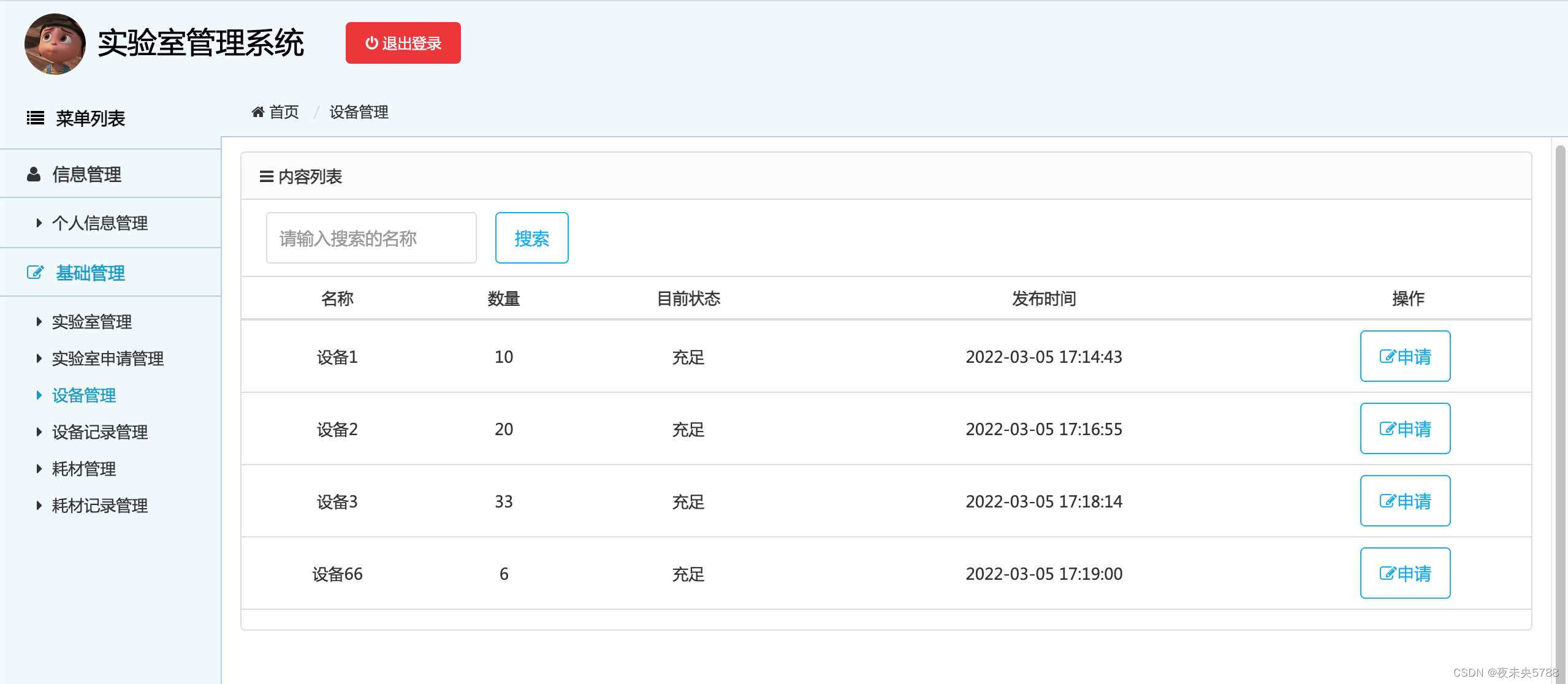
SSM laboratory equipment management
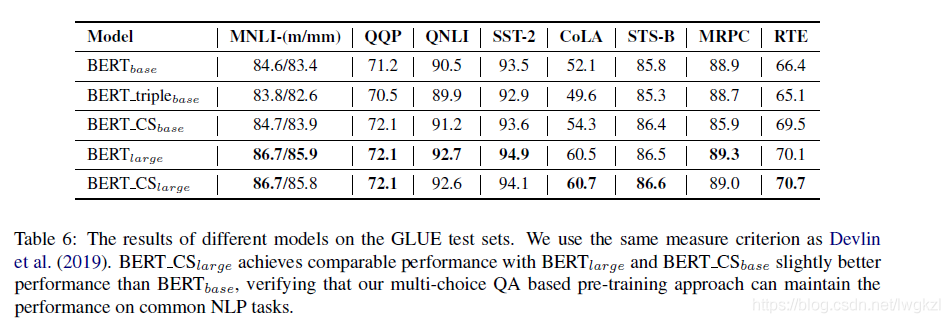
【BERT,GPT+KG调研】Pretrain model融合knowledge的论文集锦

SSM学生成绩信息管理系统
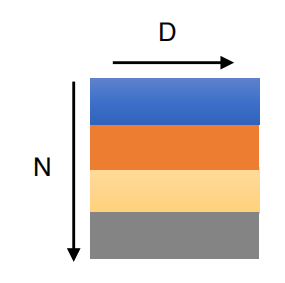
Point cloud data understanding (step 3 of pointnet Implementation)
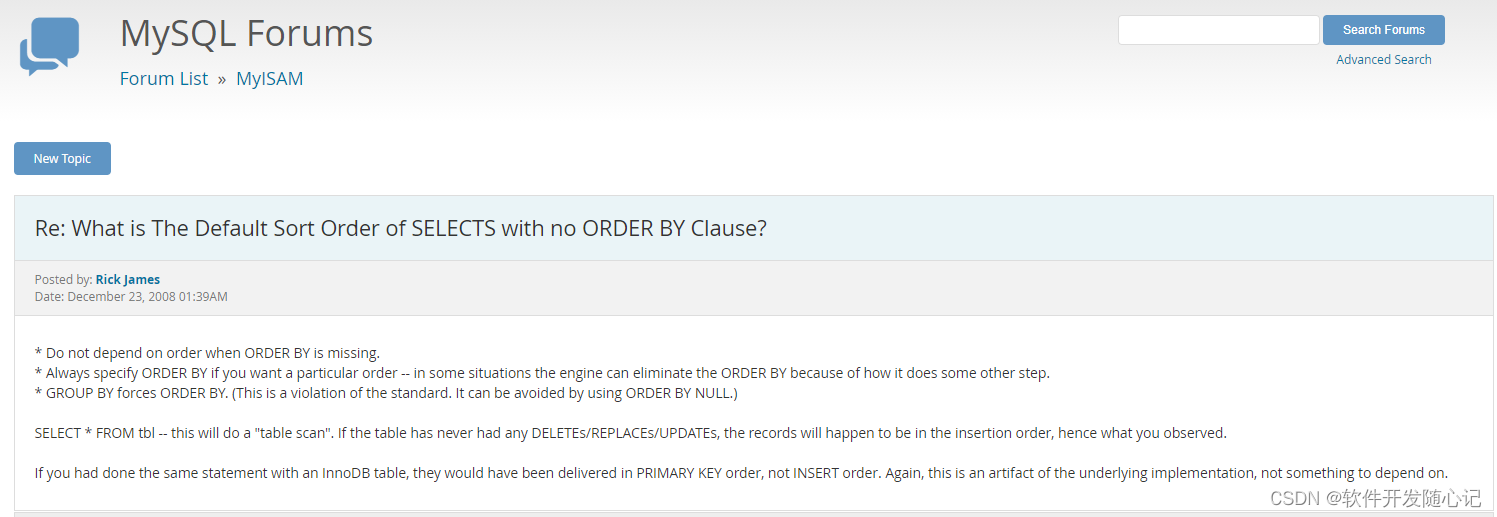
MySQL has no collation factor of order by

ERNIE1.0 与 ERNIE2.0 论文解读
![[paper introduction] r-drop: regulated dropout for neural networks](/img/09/4755e094b789b560c6b10323ebd5c1.png)
[paper introduction] r-drop: regulated dropout for neural networks

【Ranking】Pre-trained Language Model based Ranking in Baidu Search
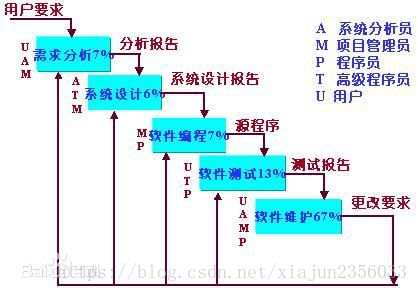
Agile development of software development pattern (scrum)
![[introduction to information retrieval] Chapter II vocabulary dictionary and inverted record table](/img/3f/09f040baf11ccab82f0fc7cf1e1d20.png)
[introduction to information retrieval] Chapter II vocabulary dictionary and inverted record table
随机推荐
Network security -- intrusion detection of emergency response
SSM personnel management system
Oracle rman半自动恢复脚本-restore阶段
TCP attack
SSM supermarket order management system
【信息检索导论】第七章搜索系统中的评分计算
ssm+mysql实现进销存系统
Oracle RMAN automatic recovery script (migration of production data to test)
Using MATLAB to realize: power method, inverse power method (origin displacement)
Drawing mechanism of view (3)
CRP implementation methodology
Changes in foreign currency bookkeeping and revaluation general ledger balance table (Part 2)
Yolov5 practice: teach object detection by hand
ORACLE EBS DATAGUARD 搭建
叮咚,Redis OM对象映射框架来了
ORACLE 11G利用 ORDS+pljson来实现json_table 效果
【Ranking】Pre-trained Language Model based Ranking in Baidu Search
Oracle EBS ADI development steps
华为机试题
Three principles of architecture design